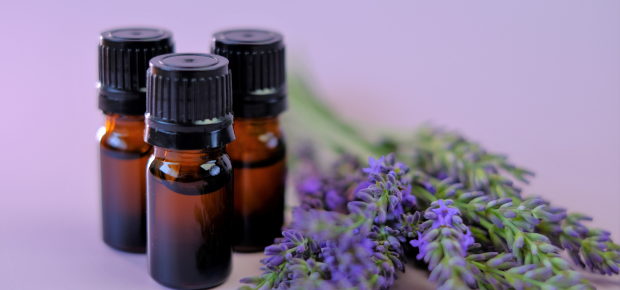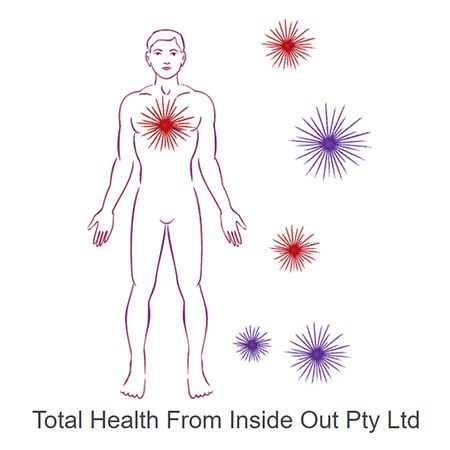
Essential oils and incense have been used across centuries to heal, relax and transform spaces. But while both are rooted in plant-based wellness, they offer distinct properties, experiences and applications.
If you're wondering which one is better for your home, health or mood, this guide breaks it all down—from historical uses to modern research and safe application tips. Let’s explore the differences so you can make a choice that suits your lifestyle best.
The historical roots of aromatherapy
The use of natural scents for healing and spiritual purposes isn’t new—it’s ancient.
In Egypt, essential oils like frankincense and myrrh were sacred and used in religious rituals, embalming, and even beauty care. Oils were infused through soaking botanicals in fat.
In China, essential oils and aromatic herbs were part of traditional medicine. Techniques like steam distillation were developed to extract plant essences for balance and wellbeing.
In India, incense played a central role in Ayurveda and spiritual ceremonies. Crafted from resins, flowers, and herbs, incense was burned for purification and meditation.
The Greeks and Romans valued both. Essential oils were used in medicine and bathing. Incense filled temples and bathhouses. The Roman army even used essential oils to improve morale.
By the Middle Ages, Islamic scholars preserved and expanded aromatherapy knowledge. Avicenna documented many botanical uses, and by the Renaissance, figures like Paracelsus explored the science behind it.
Fast forward to today, essential oils and incense are both experiencing a modern revival—blending ancient wisdom with evidence-based research.
What are essential oils?
Essential oils are concentrated plant extracts obtained from flowers, leaves, roots or bark. They capture the aromatic compounds of a plant in liquid form.
Some popular examples include:
-
Lavender: calming and skin-soothing
-
Peppermint: energising and clears the sinuses
-
Frankincense: grounding and meditative
-
Ylang ylang: floral and mood-lifting
-
Clary sage: hormone balancing
Common benefits of essential oils:
-
Reduces stress and anxiety
-
Eases headaches and muscle pain
-
Supports sleep and relaxation
-
Promotes focus and clarity
-
Enhances skin health
-
May reduce inflammation
Essential oils can be used in diffusers, massage oils, bath soaks, skin care, or even household cleaners. Just remember—pure oils are potent and should always be diluted.
How to use essential oils and incense safely
Whether you’re diffusing oils or burning incense, proper use ensures you get the benefits without unwanted side effects. Here’s how to stay safe:
For essential oils:
-
Diffuse: Add 4–6 drops to a diffuser to scent a room.
-
Topical: Always dilute with a carrier oil before applying to the skin.
-
Bath: Mix with a carrier before adding to water.
-
Inhalation: Add to a bowl of hot water, cover your head, and breathe.
-
Cleaning: Add a few drops to vinegar and water for a DIY surface spray.
For incense:
-
Burn in a ventilated room on a heatproof holder.
-
Keep away from pets and kids.
-
Don’t leave it unattended.
-
Use in small doses if you're sensitive to smoke.
If you're choosing between the two, think about your space, sensitivities, and purpose. Both can support wellbeing, but in different ways.
Essential oils vs incense: a side-by-side comparison
Curious how these two compare at a glance? Here's a breakdown of their most useful features to help you decide which one fits your space, needs and routine best.
| Feature | Essential Oils | Incense |
|---|---|---|
| Application | Diffused, topical, inhalation, cleaning | Burned, meditative |
| Scent style | Subtle and clean | Strong and smoky |
| Smoke produced | None | Yes |
| Customisation | Blendable and versatile | Pre-mixed |
| Common uses | Skin, health, air purifying, mood | Meditation, atmosphere, spiritual use |
| Health risks | May irritate skin if undiluted | Smoke inhalation risks |
| Duration | Diffuser lasts hours | Burn time limited (30–60 mins) |
Which is better for your home?
Use essential oils if:
-
You have pets or children at home
-
You prefer custom scents and therapeutic uses
-
You want a smoke-free experience
-
You use oils for skin, stress or cleaning
Use incense if:
-
You enjoy traditional rituals and meditation
-
You want a bold, long-lasting aroma
-
You don’t mind occasional smoke
-
You want a quick way to scent a small space
For many people, both are part of their routine. Incense for spiritual or reflective moments. Oils for day-to-day stress relief and home use.
Scientific studies on scent and wellbeing
Ongoing research helps explain why certain scents can affect our mood, stress levels, and overall wellness. Here are some key findings you should know.
Essential oils:
-
A study in the Journal of Alternative and Complementary Medicine found that lavender and bergamot inhalation significantly reduced stress levels.
-
Research in Evidence-Based Complementary and Alternative Medicine showed peppermint and eucalyptus oils reduced chronic pain symptoms when applied topically.
-
Lavender oil was also shown to improve sleep quality among older adults with sleep disorders in a 2021 trial.
Incense:
-
A study in the Journal of Physiological Anthropology found that burning sandalwood incense reduced tension and increased positive mood in participants.
-
A 2018 study published in Scientific Reports indicated that frankincense activates ion channels in the brain to alleviate anxiety and depression in animal models.
These findings show that both incense and oils can positively impact wellbeing, especially when used mindfully.
Wrapping up
Not at all. Each has its own strengths.
Use essential oils when you want to:
-
Unwind after work
-
Soothe sore muscles
-
Freshen up a room naturally
-
Boost focus during the day
Use incense when you want to:
-
Deepen meditation or yoga practice
-
Set a calming nighttime routine
-
Create a ritual for cleansing a space
-
Unwind with a nostalgic or earthy scent
Choose what resonates most. Some days, you may want quiet lavender oil diffusing in your room. Others, a sandalwood incense stick might be the grounding reset you need.
Looking for natural scents?
If you’re ready to explore plant-based aromatherapy at home, browse essential oil diffusers and incense options from trusted providers on the Natural Therapy Pages.









